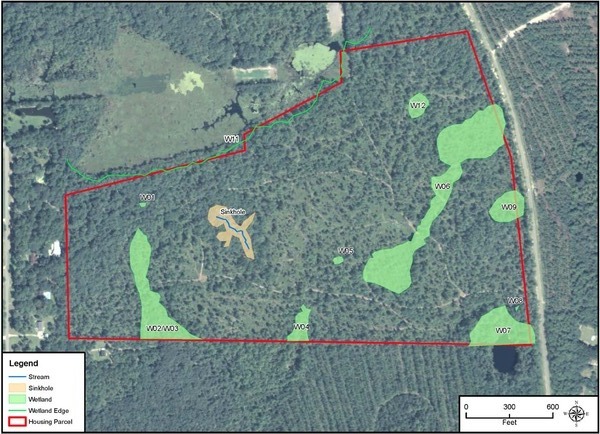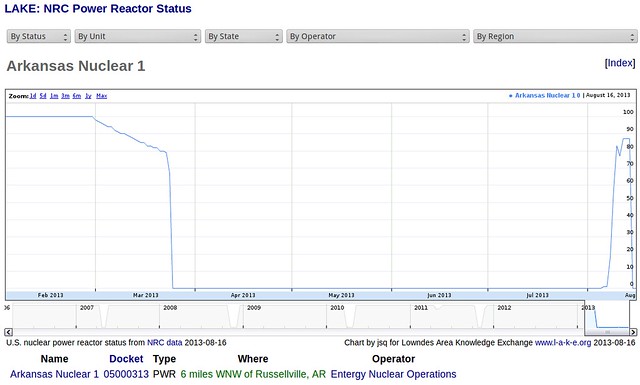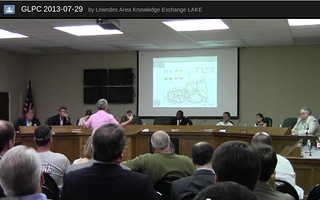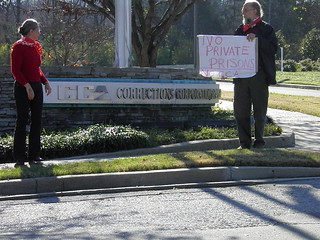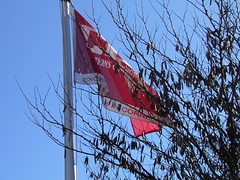 One hopes all this PR and marketing pays off in jobs.
Remember, the Industrial Authority has kept its cushy
1 mil of property tax throughout the economic downturn.
Four new industry projects are on the agenda this time,
plus more solar power at Valdosta’s Mud Creek Wastewater Treatment Plant.
Much better PR than
Valdosta Fire Dept. helping put out Perma-Fix on fire.
One hopes all this PR and marketing pays off in jobs.
Remember, the Industrial Authority has kept its cushy
1 mil of property tax throughout the economic downturn.
Four new industry projects are on the agenda this time,
plus more solar power at Valdosta’s Mud Creek Wastewater Treatment Plant.
Much better PR than
Valdosta Fire Dept. helping put out Perma-Fix on fire.
Here’s the agenda in a slightly broken PDF on the VLCIA website and extracted below.
Continue reading

